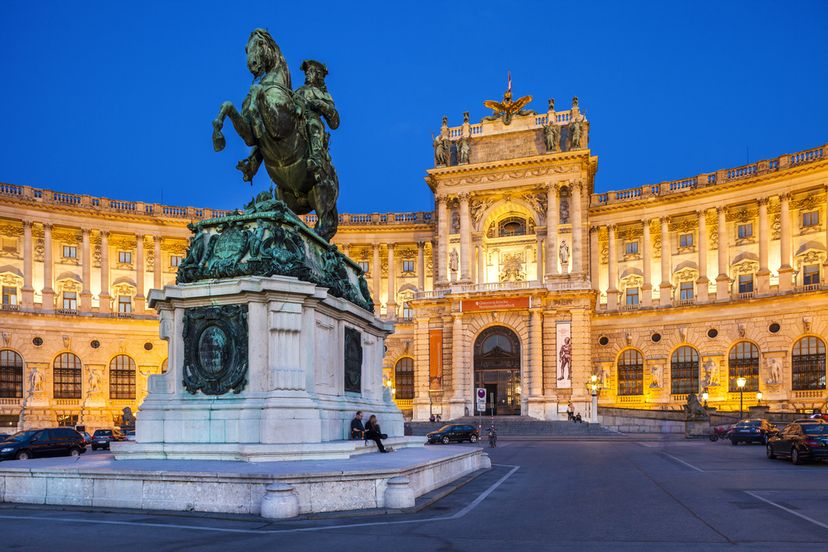
Vienna is the largest city and capital of Austria with a population of over 1.7 million. At the beginning of the 20th century is was the largest German-Speaking city in the world and today is only second to Berlin. The city is regarded as the City of Music because of its rich musical history. The center of Vienna is rich in history with its Baroque castles and gardens, magnificent architecture and awe-inspiring monuments and parks. The city is breathtakingly beautiful no matter what time of year you visit, with its wide selection of things to see and do. Though many of the sights are of historical significance and fairly academic in nature, there is no shortage of opportunities for fun, romance and relaxation.
Advertisement
10. Segway Tours
The Segway is a self-balancing personal mode of transportation designed so it can be operated in just about any pedestrian setting. It remains upright because of two electric motors and computers located in the base of the device. All you have to do to propel it forward or backward is to shift your weight forward or backward while standing on it. It is a safe and easy way to travel and instruction will be giving before embarking on any tour. While visiting Vienna, you will want to do as much sightseeing as you possibly can in the time you have, so you don’t miss out on something amazing. Segway Tours step it up a notch not only allowing you to cover more ground in a shorter amount of time and saving some of your energy, but it’s also tons of fun. While on the tour, guides will narrate on the historical and current information on the sights, tell fascinating stories and you will have plenty of photo ops while soaking up all the beauty and having more fun than you can imagine.
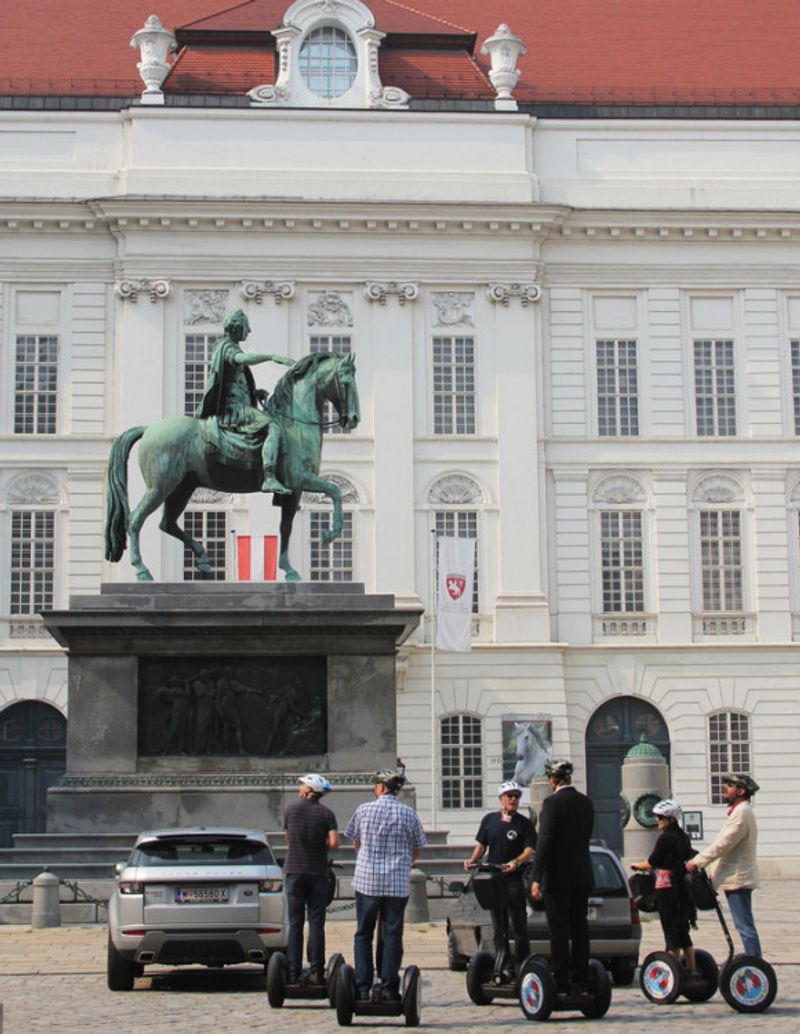
9. Natural History Museum (naturhistorisches museum wien)
The Natural History Museum in Vienna is home to some of the most incredible exhibits in the world. Some exhibits featured at the museum include the 25,000 year old Venus of Willendorf, the Stellar’s sea cow, extinct for over 200 years and gigantic skeletons of dinosaurs. There are 39 exhibit halls including some once-in-a-lifetime objects for you to see. It houses the world’s oldest and largest meteorite exhibits which includes the Mars “Tissint” meteorite as well as a permanent anthropological exhibition on the origins and developments of the human race. Keeping with advances in technology, the museum is now home to a new Digital Planetarium featuring full dome projection technology transporting viewers on a virtual journey to Saturn’s rings and on to the edge of the Milky Way with stunning scientific detail. It is also a prime research center and home to around than 60 scientists making it one of the largest non-university based research centers in Austria. It’s a must-see stop for anyone interested in the history of the world and the development of mankind and the planets.
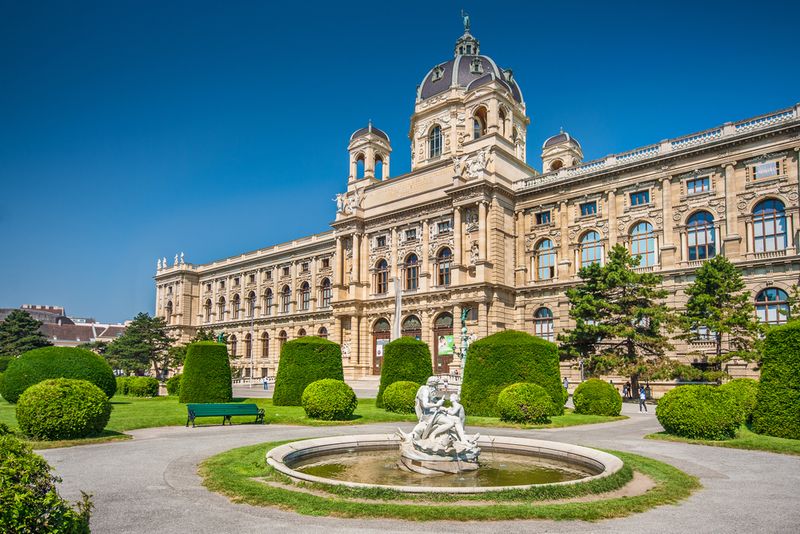
8. The Third Man Museum
The Third Man Museum is a very appropriate name since it’s modeled after and houses exhibits from the movie “The Third Man” which was filmed in Vienna in 1948. A perfect venue for post-war history, it serves as a meeting place for anyone interested in the film and history of the times. It houses many original exhibits from the film as well as documentation from the occupation period featured in the film from 1945 to 1955. There are 2,500 exhibits featured in thirteen rooms with the film Zither of Anton Karas being shown there which resulted in a world-wide Zither music boom in the 1950s. There are also original screenplays, cameras that were used during the filming and little Hansel’s cap featured at the museum. A short film is shown on a 1936 functioning cinema-projector so you can experience what movie-going was like way back when. “The Third Man” was first shown on just that type of projector and tells the story of Vienna – a city destroyed by war and then occupied by allies. It is an incredible piece of Vienna’s history and something any history buff would enjoy.
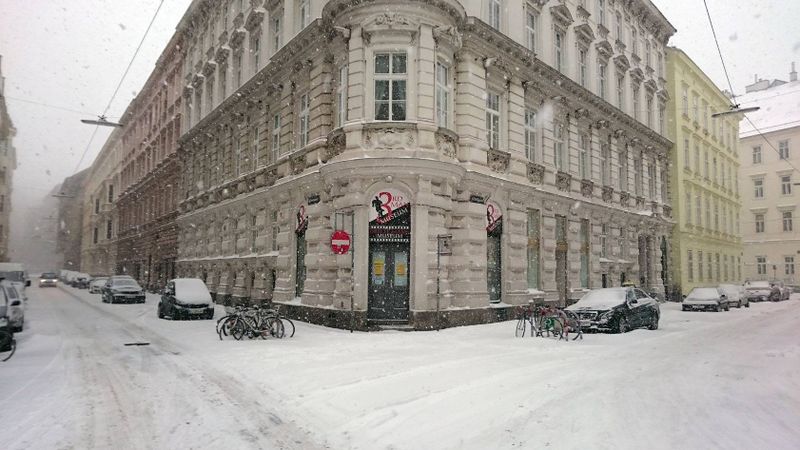
7. Schonbrunner Gardens
If you are looking for an incredible place to take a walk outside, then Schonbrunner Gardens should be your destination. Opened to the public since 1779, this 1.2 km x approx 1 km park, is a popular area for locals and visitors alike. It is home to Schonbrunner Complex, so it is easy to take a day or two just visiting these attractions. The Baroque style of the palace extends into the gardens which complement the complex perfectly. It’s hard to imagine visiting the area without taking the time to walk through the gardens and take in all the colors and magnificent aromatic air of the flowers and vegetation. Because of the size of the gardens, it is no ordinary short walk in the park either. You can spend hours just soaking in the beautiful scenery all around you before or after visiting the different attractions housed in the complex. It is a great opportunity to get lost in the beauty all around you and forget modern day chaos while stepping back in time in this palatial atmosphere.
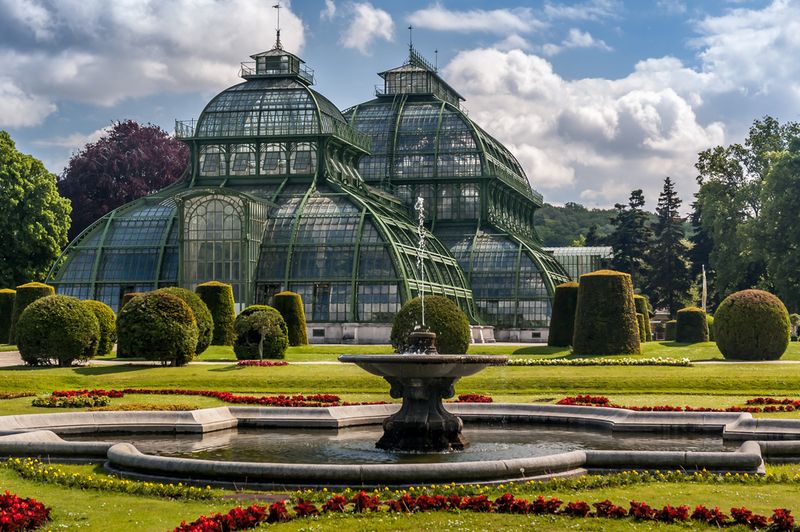
Advertisement
6. Danube Valley Day Trip
The Danube is the second longest river in Europe. It is an international waterway which begins in the Black Forest of Germany flowing southeast for 1,914 km (1.189 mi) in the Black Sea. The river passes through or touches Romania, Hungary, Serbia, Austria, Germany, Bulgaria, Slovakia, Croatia, Ukraine, and Moldova. Vienna is the largest city on the Danube. The Danube Valley Day Trip begins on a coach through the Austrian countryside where you can see castles, abbeys, forests on the slopes and wine villages. Then you will take a scenic ride by boat down the Danube River to Melk where you can see the Melk Abbey and library of medieval manuscripts. The guides will teach you about the area and its rich history while you take in all the fantastic scenery. The tours run year-round but the boat portion only runs from April 13 to October 28. It is an incredible, relaxing and romantic way to spend a day.
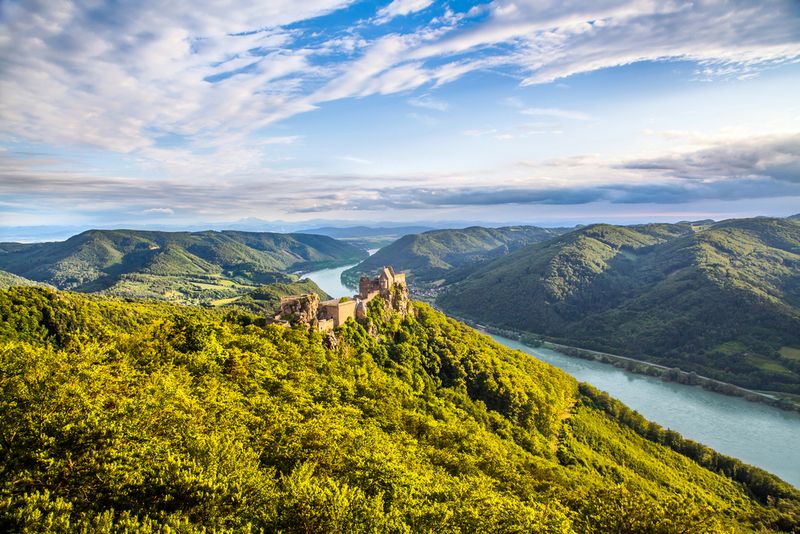
5. St. Stephen’s Cathedral
St. Stephen’s Cathedral is the mother church of the Roman Catholic Archdiocese of Vienna and is more commonly known as Stephansdom. It stands on the ruins of two other churches and is built in a Romanesque and Gothic style. One of the unique features of the church is the multi-colored tile roof making it very recognizable. Built from limestone, the building has changed from its original white due to air pollutants and has been restored to show some portions of its original luster. The building features a north and south tower standing 68 meters (223 ft) and 135 meters (446 ft) tall respectively. The main entrance is called the Giant’s Door which referred to a large mastodon thigh bone that hung over the door for decades after being dug up in 1443 while digging for the foundation of the north tower. Above the door is Christ Pantocrator flanked by two angels. The ornate glazed tile roof form a mosaic of a double headed eagle over the choir on south side. The are breathtaking sculptures on the outside of the building and working bells in the north tower making it an experience to see and hear and never forget.
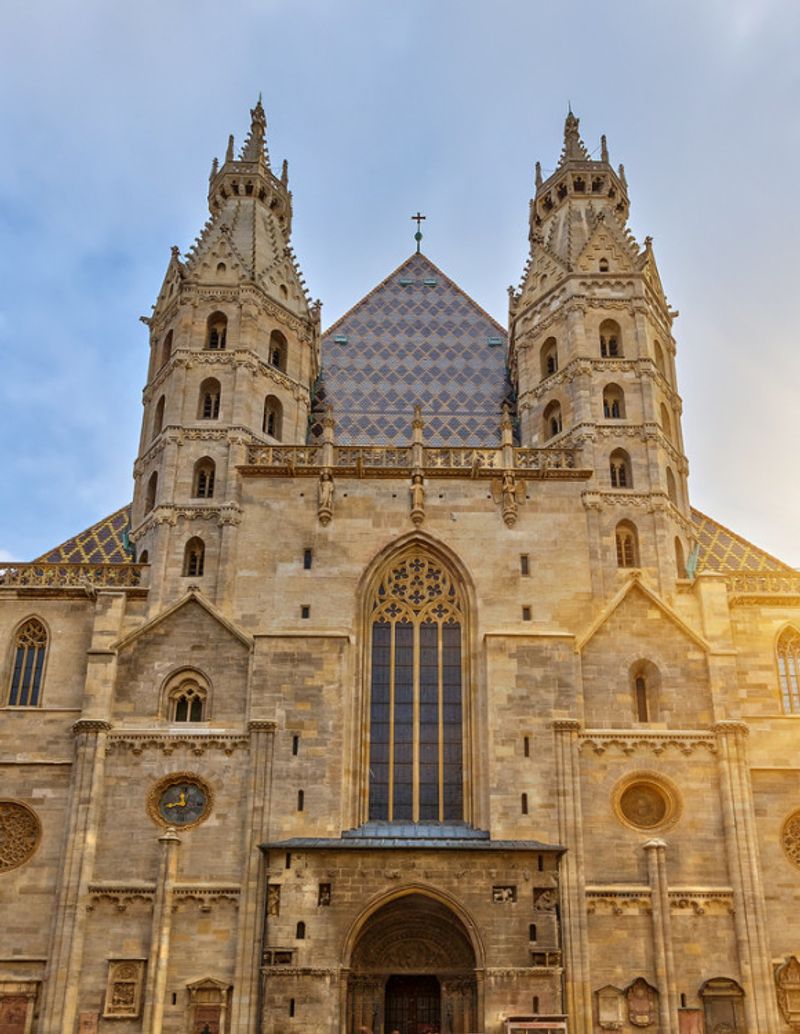
4. Tiergarten Schonbrunn (Vienna Zoo)
Tiergarten Schonbrunn is located on the grounds of Schonbrunn Palace in Vienna. It is the oldest zoo in the world founded in 1752 as an imperial menagerie. Its main purpose is as a center for species conservation and education. The 18th century menagerie-buildings are well preserved and complemented by the modern zoo architecture. It is one of the few zoos in the world to house giant pandas and featured the first natural insemination panda birth in Europe. The zoo also features a rainforest house which simulates the Amazon rainforest, an aquarium and an exhibit of animals in unnatural habitats as well as a desert house. In 2004, a new polarium opened for Arctic animals. You can book a night excursion or attend a special children’s program. The zoo hosts “Animal Talk and Feedings” which features zoo staff relating fascinating information about the animals in the zoo, how to protect the species and allows you to witness animals being fed by the staff. There are different zoo tours where you can choose your tour topic and preferences for the tour and the staff will do their best to customize is accordingly. It is a wonderful family experience.
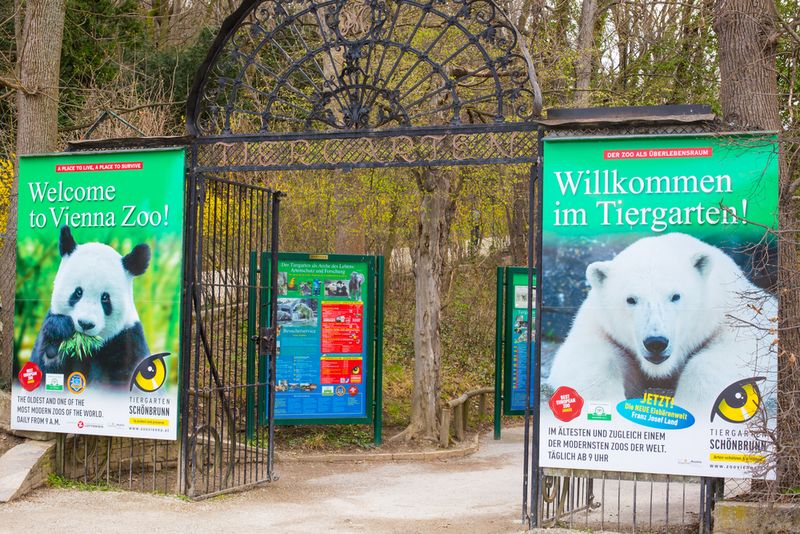
3. Vienna Ring Road
Surrounding the Innere Stadt district of Vienna, The Ring Road is a circular road and one of its main sights. The road was built to replace the city walls with ransom money from the release of Richard I of England. In 1857, by decree of Emperor Franz Joseph I of Austria, the city walls and moats were demolished so as not to impede traffic. Since the road was built primarily for show, a parallel cargo road was built on the outside of the former glacis and is still important for through traffic. In subsequent years, many opulent private and public buildings were erected along the road. These mansions are very showy with the first being Heinrichshof owned by a beer brewer. Some other buildings along the roadway include, Vienna State Opera, Academy of Fine Arts Vienna, Palace of Justice, the Austrian Parliament Building, Rathaus (town hall), Burgtheater, the University of Vienna, Hotel Imperial and many other significant buildings. They are a site to behold while walking along the Ring Road. An interesting bit of history reveals that Dr. Sigmund Freud took daily walks around The Ring for recreation.
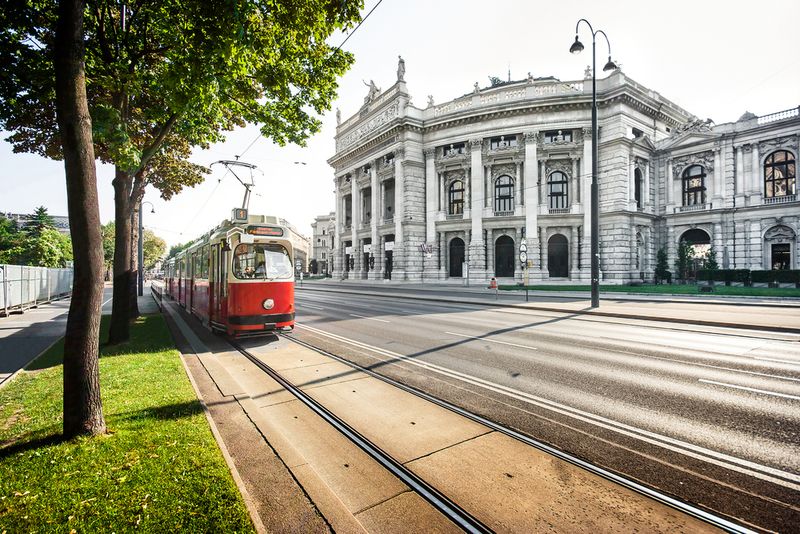
2. Imperial (Hofburg) Palace
Located in the center of Vienna the Hofburg Palace was the former imperial palace with part of it forming the official residence and workplace of the Austrian President. Since 1279, the palace has served as the seat of government for various empires and republics. It has been expanded over the centuries to include the Imperial Chapel, the Naturhistorisches Museum, Kunsthisorisches Museum, the Austrian National Library, the Imperial Treasury, the Burgtheater, the Spanish Riding School, the Imperial Horse Stables and the Hofburg Congress Center. The Imperial Silver Collection is a magnificent dining collection with centerpieces measuring up to 30 meters in length. They are accented with elegant table linens as would be featured in an extravagant banquet. When you visit the Imperial Apartments, you will learn about Austria’s most illustrious imperial couple. Featuring nineteen rooms, the apartments are decorated eloquently with historically authentic furnishings. With so much history and extravagance to offer, the Imperial (Hofburg) Palace is a must-see destination.
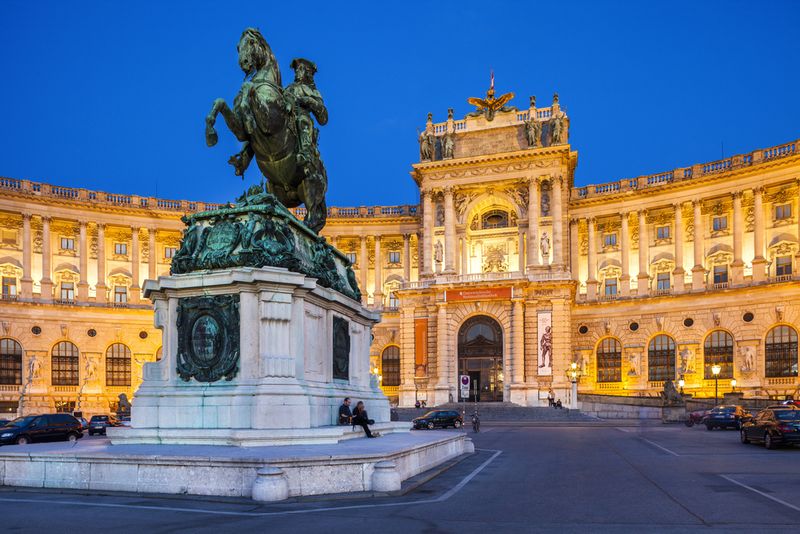
Advertisement
1. Belvedere, Vienna
The Belvedere is a historic complex consisting of two Baroque palaces, the Orangery and the Palace Stables. It also houses the Belvedere Museum. The complex was originally built as a summer residence for Prince Eugene of Savoy during a time of prosperity for the area. The Belvedere Museum’s upper level houses its permanent exhibit of Austrian art dating from the middle ages to present day. French Impressionist and Viennese Biedermeier paintings are also located in the upper level adding to their impressive collection. From 1712 to 1716, Lower Belvedere’s construction was under way. Johann Lucas von Hildebrandt and Johann Bernhard Fischer were the Austrian baroque architects responsible for the design. Lower Belvedere is a two-storey Marble Hall with arches, oval shaped plaster medallions with scenes from the life of Apollo and a fresco on the ceiling showing Apollo in a solar vehicle and Eugen receiving papal awards. The grounds and buildings both inside and out are a sight to behold. The incredible talent that went into the structures is second to none and the historical significance is both important and beautiful.
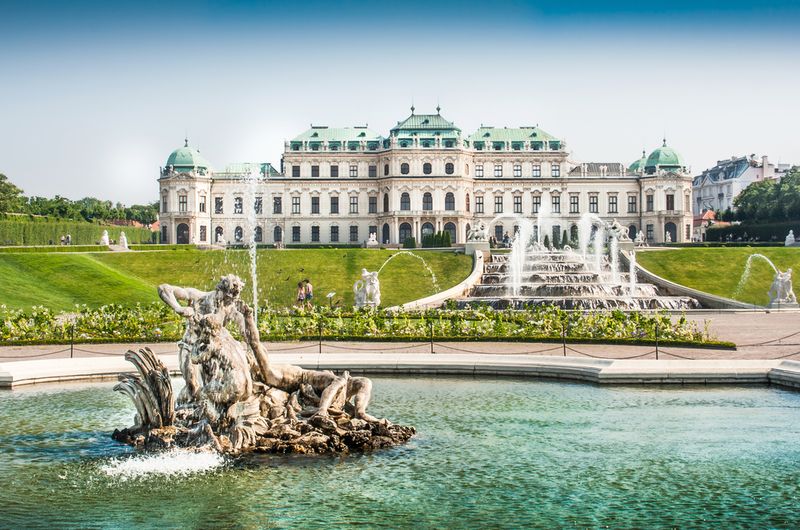
Advertisement